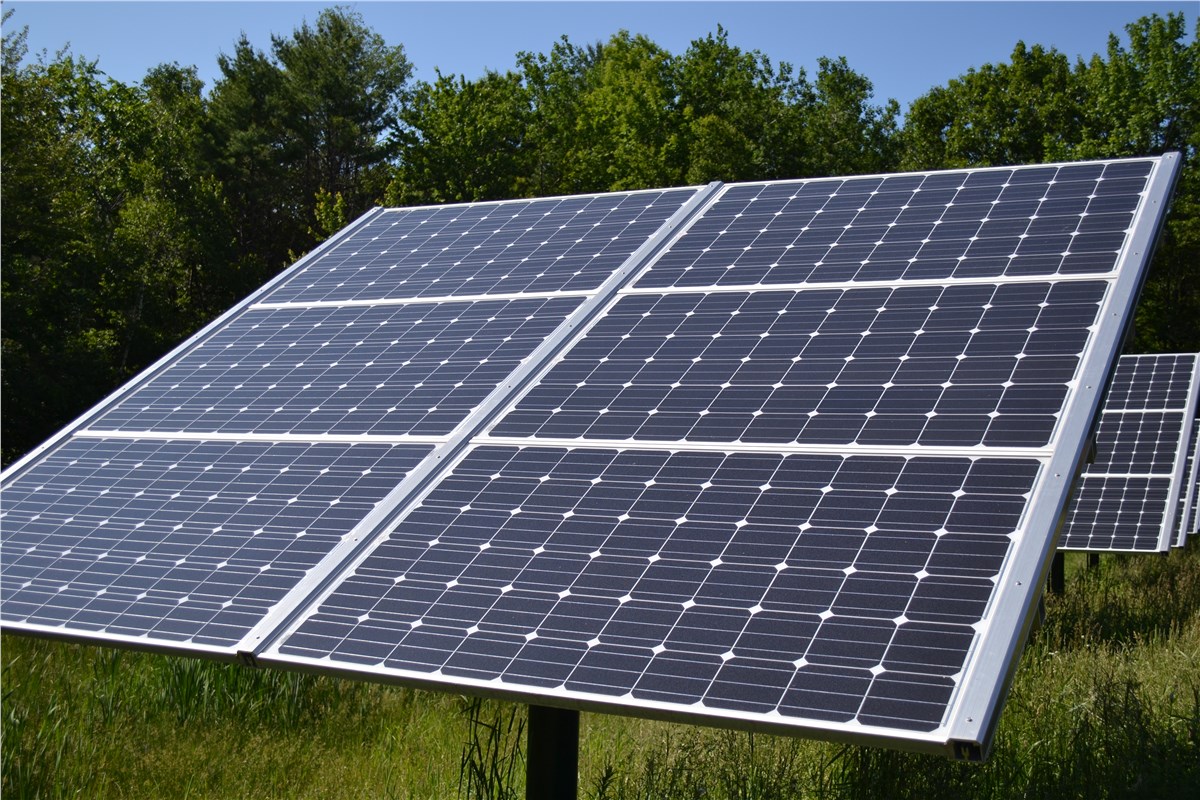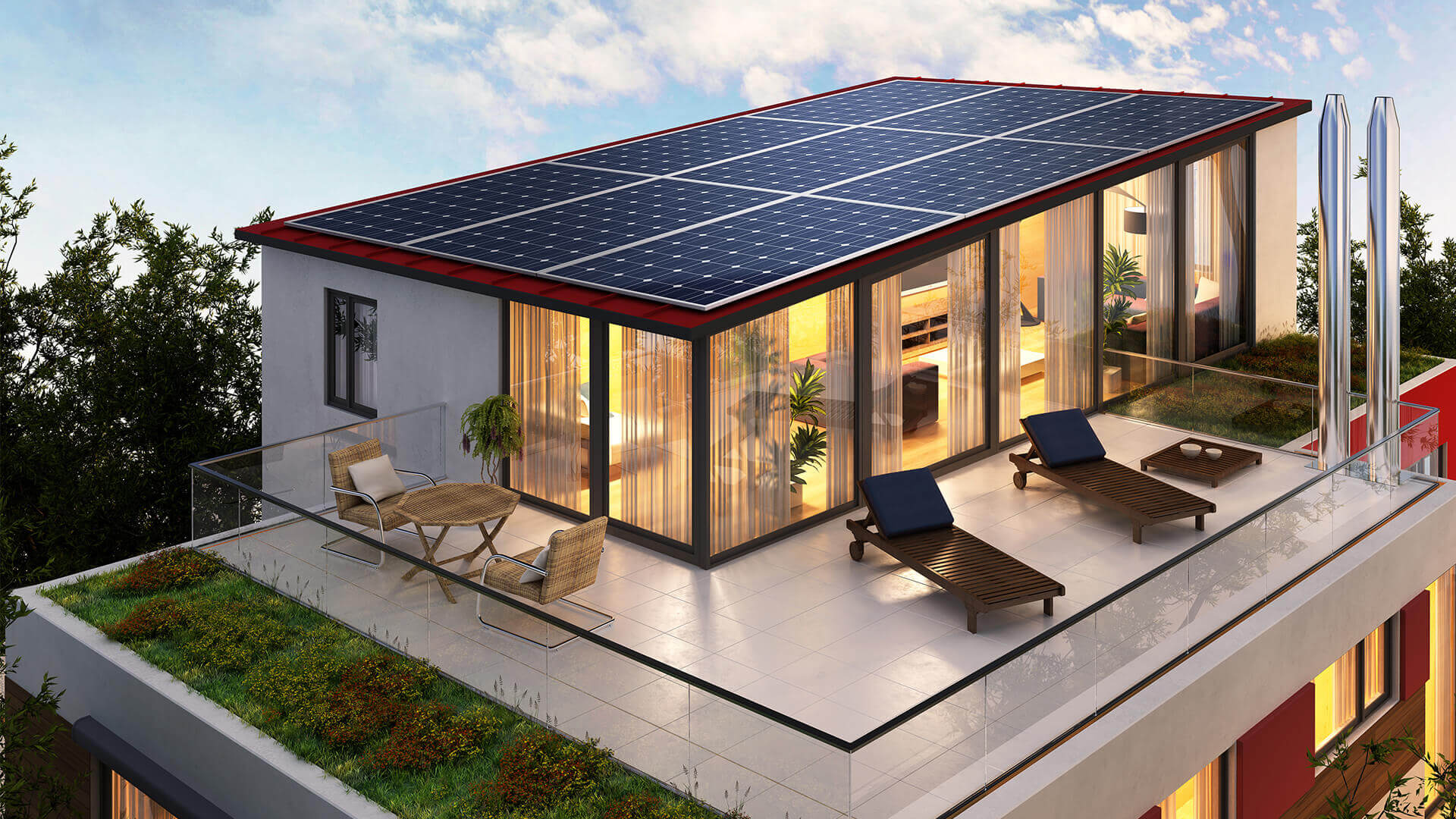Solar panels California off-grid systems offer a compelling solution for those seeking energy independence and a reduced carbon footprint. With California’s abundant sunshine and supportive incentives, harnessing solar power has become an increasingly viable option for homeowners and businesses alike. This comprehensive guide delves into the intricacies of designing, installing, and maintaining off-grid solar systems, empowering you to make informed decisions about embracing sustainable energy.
As California leads the nation in solar adoption, this guide provides valuable insights into the benefits, considerations, and best practices associated with off-grid solar systems. By exploring the latest technologies, system components, and real-world case studies, you’ll gain the knowledge necessary to navigate the journey towards energy self-sufficiency.
California’s Solar Potential
California is renowned for its abundant solar resources, making it an ideal location for off-grid solar systems. The state receives an average of 280 sunny days per year, with solar irradiance levels significantly higher than the national average.
The geographical regions with the highest solar irradiance in California include the Central Valley, the Mojave Desert, and the San Joaquin Valley. These areas experience clear skies and minimal cloud cover, resulting in optimal conditions for solar energy generation. The high solar irradiance levels in these regions directly impact the efficiency of off-grid solar systems, allowing for the generation of more electricity with smaller system sizes.
Types of Solar Panels for Off-Grid Systems
Off-grid solar systems require careful selection of solar panels to ensure optimal performance and reliability. Different types of solar panels offer unique advantages and disadvantages, catering to specific needs and preferences.
Solar panels california off-grid systems are becoming increasingly popular as a way to generate electricity in remote areas. However, it is important to be aware of the potential for solar panel voltage to become too high. Solar panel voltage too high can damage the solar panels and the equipment connected to them.
It is important to take steps to prevent solar panel voltage from becoming too high, such as using a voltage regulator. Solar panels california off-grid systems can provide a reliable source of electricity for many years, but it is important to take the necessary precautions to ensure that they operate safely and efficiently.
Monocrystalline Solar Panels
- Made from a single, continuous silicon crystal, resulting in higher efficiency (15-20%)
- More durable and resistant to degradation over time
- Compact size, making them suitable for space-constrained areas
- Higher cost compared to other types
Polycrystalline Solar Panels
- Composed of multiple silicon crystals, offering slightly lower efficiency (13-16%)
- Less durable than monocrystalline panels, with a shorter lifespan
- Larger in size, requiring more space for installation
- More affordable than monocrystalline panels
Thin-Film Solar Panels
- Made from a thin layer of photovoltaic material deposited on a flexible substrate
- Lower efficiency (5-12%) compared to crystalline panels
- Lightweight and flexible, suitable for curved surfaces and unconventional installations
- Lower cost and easier to transport and install
System Design Considerations
Designing an off-grid solar system requires careful consideration of various factors to ensure optimal performance and meet specific energy needs. These include energy consumption, battery storage capacity, and inverter size.
To determine the required system size, it’s crucial to accurately calculate the total energy consumption of the appliances and devices that will be powered by the system. This involves estimating the daily usage hours, power consumption, and efficiency of each device.
Battery Storage Capacity
The battery storage capacity determines the amount of energy that can be stored for use during periods of low or no sunlight. It’s important to consider the number of days of autonomy desired, which refers to the number of days the system can power the appliances without sunlight. This influences the required battery capacity, as more days of autonomy require a larger battery bank.
Inverter Size, Solar panels california off-grid systems
The inverter converts the DC power generated by the solar panels into AC power for use by appliances. The inverter size should be carefully selected to match the peak power demand of the system. Undersizing the inverter can lead to overloading and potential damage, while oversizing can result in unnecessary expense.
Battery Storage for Off-Grid Systems: Solar Panels California Off-grid Systems
Storing energy is a crucial aspect of off-grid solar systems, ensuring a continuous power supply when the sun is not shining. Several types of batteries are available, each with unique characteristics and considerations.
Types of Batteries
- Lead-Acid Batteries: Traditional and cost-effective, lead-acid batteries offer high capacity but have a shorter lifespan and require regular maintenance.
- Lithium-Ion Batteries: Lightweight and compact, lithium-ion batteries have a longer lifespan, higher energy density, and require minimal maintenance. However, they come at a higher cost.
- Flow Batteries: Relatively new and less common, flow batteries use liquid electrolytes and have a long lifespan, high capacity, and can be scaled to meet specific energy needs.
Factors to Consider
When choosing a battery for an off-grid solar system, consider the following factors:
- Capacity: Determines the amount of energy the battery can store, measured in amp-hours (Ah).
- Lifespan: Measured in cycles, it indicates how many times the battery can be charged and discharged before losing significant capacity.
- Maintenance: Some batteries, like lead-acid, require regular maintenance, such as watering or equalization charging, while others are relatively maintenance-free.
- Cost: The initial cost of the battery and ongoing maintenance expenses should be considered.
- Efficiency: The efficiency of the battery refers to the amount of energy stored compared to the energy drawn from the system.
- Depth of Discharge (DOD): The maximum percentage of the battery’s capacity that can be discharged without damaging the battery.
Inverter Selection for Off-Grid Systems

Inverters play a crucial role in off-grid solar systems by converting direct current (DC) electricity generated by solar panels into alternating current (AC) electricity that can be used by appliances and devices. Choosing the right inverter is essential to ensure the efficient and reliable operation of your off-grid solar system.
There are two main types of inverters used in off-grid solar systems: grid-tied and off-grid inverters.
Grid-Tied Inverters
Grid-tied inverters are designed to connect to the utility grid. They synchronize the AC electricity generated by the solar panels with the grid’s frequency and voltage, allowing excess electricity to be fed back into the grid for compensation or net metering.
Off-Grid Inverters
Off-grid inverters are designed to operate independently of the utility grid. They provide a stable AC power supply for off-grid systems, ensuring that appliances and devices can operate reliably even during grid outages.
Selecting an Inverter
When selecting an inverter for an off-grid solar system, several factors need to be considered, including:
- System requirements: Determine the total AC power demand of your system, including the starting and running loads of all appliances and devices.
- Efficiency: Look for inverters with high efficiency ratings, as this will minimize energy losses and maximize the system’s output.
- Reliability: Choose inverters from reputable manufacturers with a proven track record of reliability and durability.
Installation and Maintenance

Installing and maintaining an off-grid solar system requires careful planning and execution. Follow these steps for a successful installation:
- Site preparation: Choose a location with optimal sunlight exposure and minimal shading. Clear the area of vegetation and prepare a level surface for the solar panels.
- Panel mounting: Secure the solar panels to a sturdy mounting system using brackets or rails. Ensure the panels are angled correctly to maximize sunlight absorption.
- Electrical connections: Connect the solar panels to the charge controller, battery, and inverter using appropriate cables and connectors. Ensure all connections are tight and weatherproof.
Regular maintenance is crucial for optimal system performance:
- Panel cleaning: Clean the solar panels regularly to remove dust, debris, and bird droppings that can reduce efficiency.
- Battery maintenance: Monitor battery performance and replace them when necessary. Keep batteries in a cool, dry location to extend their lifespan.
- Inverter maintenance: Check the inverter for any faults or error codes. Clean the inverter and ensure proper ventilation to prevent overheating.
Cost and Incentives

Installing an off-grid solar system in California typically ranges from $25,000 to $50,000, depending on system size, equipment quality, and installation complexity. However, the state and federal government offer various incentives and rebates to encourage solar adoption.
State Incentives
California offers the Solar Investment Tax Credit (ITC), a 30% tax credit on the cost of installing a solar system. The state also has the Self-Generation Incentive Program (SGIP), which provides rebates for solar installations. The amount of the rebate depends on the size of the system and the utility company serving the area.
Federal Incentives
The federal government offers the Investment Tax Credit (ITC), a 30% tax credit on the cost of installing a solar system. The ITC is available to both residential and commercial customers.
Case Studies
Off-grid solar installations in California have proven to be successful in providing reliable and sustainable energy solutions. Here are a few real-world case studies that highlight the system design, challenges encountered, and lessons learned.
Ranch in the Sierra Nevada Mountains
A remote ranch in the Sierra Nevada Mountains faced challenges with unreliable grid power. The installation of an off-grid solar system consisting of 10kW of solar panels, 12kWh of battery storage, and a 5kW inverter provided the ranch with a stable and independent power source. The system was designed to meet the energy needs of the ranch house, outbuildings, and livestock water pumps.
One of the challenges encountered during the installation was the harsh weather conditions. The system had to be designed to withstand extreme temperatures, heavy snow loads, and high winds. To overcome this challenge, the solar panels were mounted on a ground-mounted system with a tilt angle optimized for maximum sunlight exposure. The batteries were housed in a weatherproof enclosure to protect them from the elements.
The off-grid solar system has been operating successfully for several years, providing the ranch with reliable and affordable energy. The system has reduced the ranch’s reliance on fossil fuels and has contributed to the ranch’s sustainability goals.
Cabin in the Mojave Desert
A cabin in the Mojave Desert was completely off the grid and relied on a diesel generator for power. The installation of an off-grid solar system consisting of 6kW of solar panels, 10kWh of battery storage, and a 3kW inverter provided the cabin with a clean and renewable energy source. The system was designed to meet the energy needs of the cabin, including lighting, appliances, and water pumping.
One of the challenges encountered during the installation was the lack of available water. The batteries required regular maintenance and watering, which could be difficult in the arid desert environment. To overcome this challenge, a rainwater harvesting system was installed to collect and store rainwater for battery maintenance.
The off-grid solar system has been operating successfully for several years, providing the cabin with reliable and affordable energy. The system has reduced the cabin’s reliance on fossil fuels and has contributed to the cabin’s sustainability goals.
Conclusion
Embracing solar panels California off-grid systems is not merely an investment in sustainable energy but a transformative step towards energy independence and environmental stewardship. By harnessing the power of the sun, you can reduce your reliance on fossil fuels, minimize your carbon footprint, and create a more resilient and sustainable future for generations to come.
Clarifying Questions
What are the key factors to consider when designing an off-grid solar system?
The key factors to consider include energy consumption, battery storage capacity, inverter size, panel efficiency, and system cost.
What are the different types of batteries used in off-grid solar systems?
The common types of batteries include lead-acid, lithium-ion, and flow batteries, each with varying advantages and disadvantages.
How do I estimate the cost of installing an off-grid solar system in California?
The cost can vary depending on system size, component quality, and installation complexity, but typically ranges from $15,000 to $30,000.


